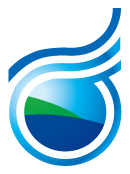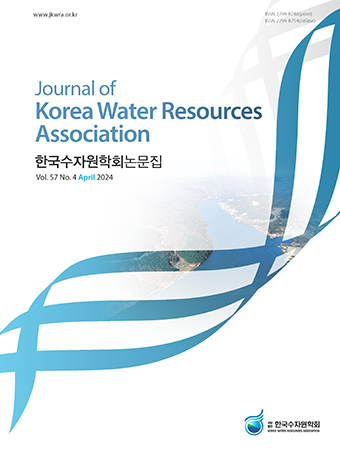Abstract
References
Booker, D. J., and Dunbar, M. J. (2004). “Application of physical habitat at simulation (PHABSIM) modeling to modified urban river.” River Research and Applications, Vol. 20, No. 2, 167-183. Bovee, K. D. (1982). “A guide to stream habitat analysis using the instream flow incremental methodology.” Instream Flow Information Paper, Vol. 12, U.S. Fish and Wildlife Service Office of Biological Services, FWS/OBS 82/26, Fort Collins, Colorado, U.S.A. Bovee, K. D. (1986). “Development and evaluation of habitat suitability criteria for use in the instream flow incremental methodology.” Instream Flow Information Paper, Vol. 21. U.S. Fish and Wildlife Service, Office of Biological Services, FWS/OBS-86/07, Fort Collins, Colorado. Bovee, K. D., Lamb, B. L., Bartholow, J. M., Stalnaker, C. B., Taylor, J., and Henrikson, J. (1998). Stream habitat analysis using the instream flow incremental methodology. U.S. Geological Survey, Biological Resources Division Infornation and Technology Report USGS/BRD-1998-0004, Fort Collins, Colorado. Jung, S. W. (2012). “Physical habitat modeling in Dalcheon stream using fuzzy logic.” Journal of Korea Water Resources Association, Vol. 45, No. 2, pp. 229-242. Kang, H. S. (2010). Development of physical fish habitat suitability index. Korea Environment Institute, Working Paper-05, pp. 38-47. Kim, H. C. (2012). A suggestion of new estimating method for habitat suitability index to decide environmental flow. Master’s Thesis, Korea University, pp. 28-30. Kim, K. H. (1999). Evaluation of habitat conditions and estimation of optimum flow for the freshwater fish. Doctor’s Theisis, Yonsei University, pp. 77-80. Kim, K. O. (2016). “Estimation of ecological flow and habitat suitability index at Jeonju-cheon upstream.” Journal of Korean Society Environmental Engineers, Vol. 38, No. 2, pp. 47-55. Kim, T. Y., and Yoon, H. S. (2011). “Skill assessments for evaluating the performance of the hydrodynamic model.” Journal of the Korean Society for Marine Environment and Energy, Vol. 14, No. 2, pp. 107-113. Milhous, R. T., Updike, M. A., Schneider, D. M. (1989). “Physical habitat simulation system reference manual-version.” Information Paper, Vol. 26. Fish and Wildlife Service, Office of Biological Services program, FWS/OBS-89/16, Fort Collins, Colorado. Ministry of Land, Transport and Maritime Affairs (2011). The final technology report for creation of habitat environment. Construction Technology Innovation Project 5th Year Final Report, pp. 733-739. Roh, K. B. (2011), Study on habitat conservation fish and management using ecological model in Seomjin river. Doctor’s Thesis, Graduate School Dong-shin University, pp. 7-13.
Information
- Publisher :KOREA WATER RESOURECES ASSOCIATION
- Publisher(Ko) :한국수자원학회
- Journal Title :Journal of Korea Water Resources Association
- Journal Title(Ko) :한국수자원학회 논문집
- Volume : 51
- No :3
- Pages :207-219
- Received Date : 2017-09-28
- Revised Date : 2017-12-12
- Accepted Date : 2017-12-12
- DOI :https://doi.org/10.3741/JKWRA.2018.51.3.207




 Journal of Korea Water Resources Association
Journal of Korea Water Resources Association










